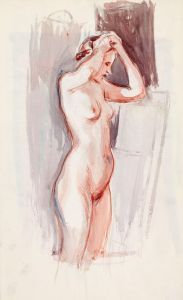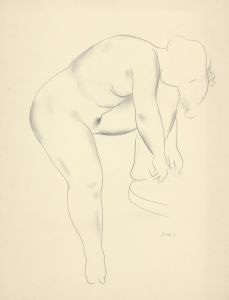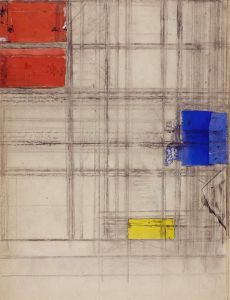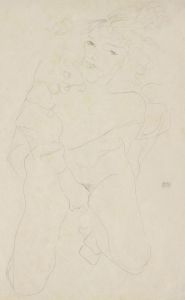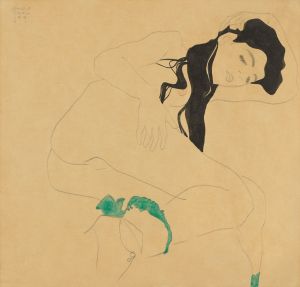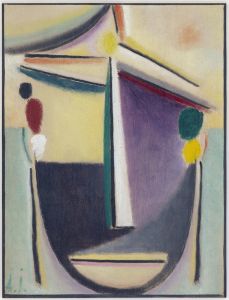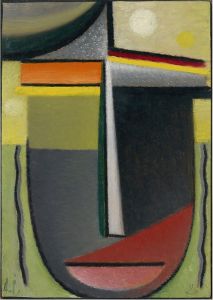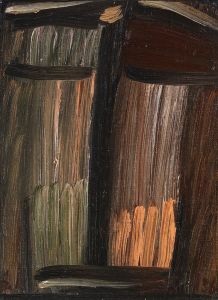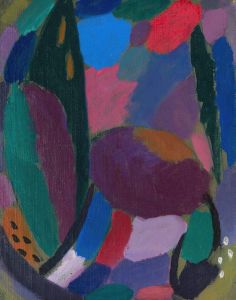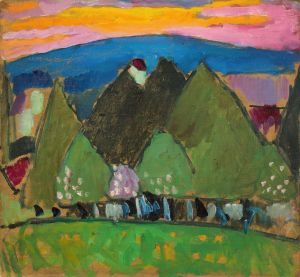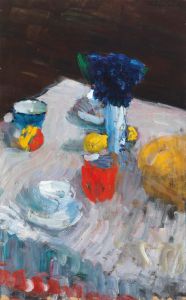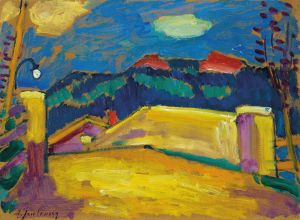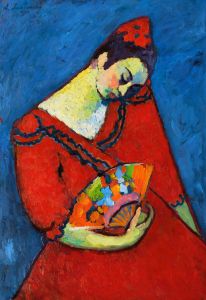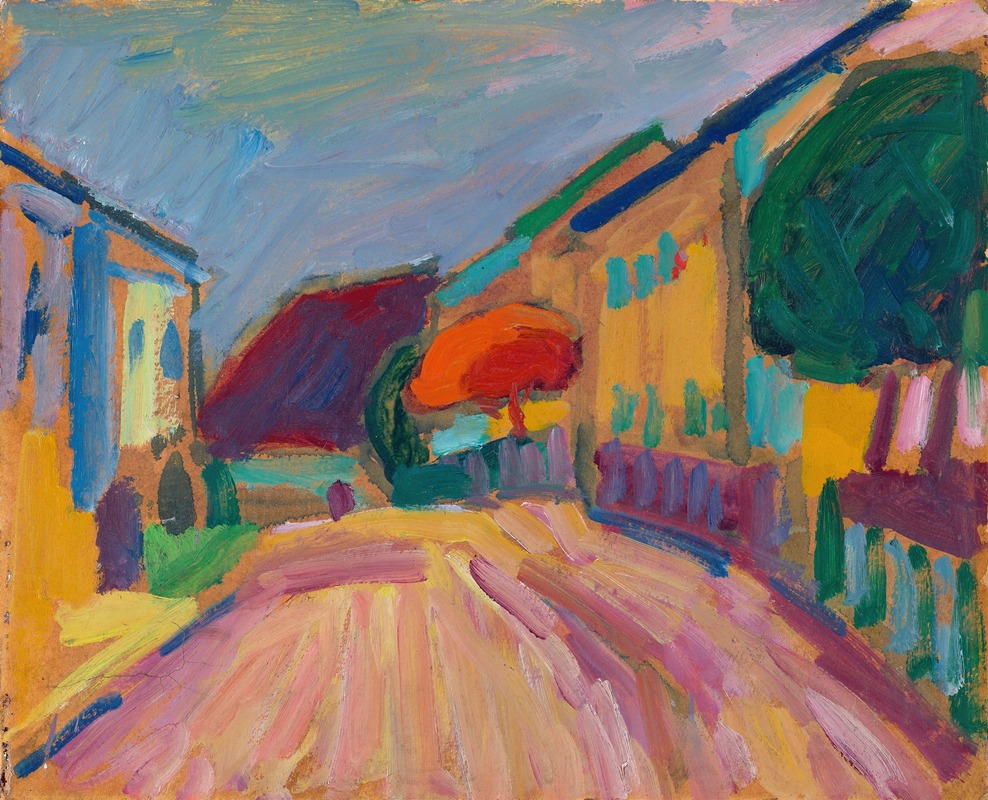
Sketch from Murnau
A hand-painted replica of Alexej von Jawlensky’s masterpiece Sketch from Murnau, meticulously crafted by professional artists to capture the true essence of the original. Each piece is created with museum-quality canvas and rare mineral pigments, carefully painted by experienced artists with delicate brushstrokes and rich, layered colors to perfectly recreate the texture of the original artwork. Unlike machine-printed reproductions, this hand-painted version brings the painting to life, infused with the artist’s emotions and skill in every stroke. Whether for personal collection or home decoration, it instantly elevates the artistic atmosphere of any space.
"Sketch from Murnau" is a painting by the Russian-born artist Alexej von Jawlensky, who was a prominent figure in the early 20th-century expressionist movement. Jawlensky was born in 1864 in Torzhok, Russia, and later moved to Germany, where he became a key member of the avant-garde art scene. His work is often associated with the development of expressionism and the Blue Rider group, which was founded in Munich in 1911 by artists Wassily Kandinsky and Franz Marc.
Jawlensky's "Sketch from Murnau" is part of a series of works created during his time in Murnau, a small town in Bavaria, Germany. Murnau was a significant location for Jawlensky and other artists such as Kandinsky, Gabriele Münter, and Marianne von Werefkin. The town's picturesque landscapes and vibrant colors greatly influenced their artistic output. During this period, Jawlensky began to experiment with bold colors and simplified forms, which became characteristic of his style.
The painting "Sketch from Murnau" exemplifies Jawlensky's transition from traditional representation to a more abstract and expressive approach. The work is noted for its vivid use of color and dynamic composition, reflecting the influence of Fauvism and the broader expressionist movement. Jawlensky's use of color was not merely decorative but served to convey emotional and spiritual dimensions, a hallmark of expressionist art.
In "Sketch from Murnau," Jawlensky employs a palette of bright, contrasting colors, which are applied in broad, expressive brushstrokes. This technique creates a sense of movement and energy, capturing the essence of the landscape rather than its literal appearance. The painting's composition is structured yet fluid, with forms that suggest natural elements like trees and hills, but are not confined to realistic depiction. This abstraction allows viewers to engage with the painting on an emotional level, experiencing the mood and atmosphere Jawlensky sought to convey.
Jawlensky's work during his Murnau period was instrumental in the evolution of his artistic style. It marked a departure from the more detailed and representational works of his earlier career, moving towards a focus on color and form as vehicles for expression. This shift was influenced by his interactions with other artists in the region and the vibrant cultural milieu of early 20th-century Europe.
"Sketch from Murnau" is a testament to Jawlensky's innovative spirit and his contribution to modern art. His exploration of color and form had a lasting impact on the development of expressionism and abstract art. Today, Jawlensky's works are celebrated for their emotional depth and pioneering approach to color and abstraction. His paintings, including "Sketch from Murnau," are held in high regard and can be found in major art collections and museums worldwide, where they continue to inspire and captivate audiences.





